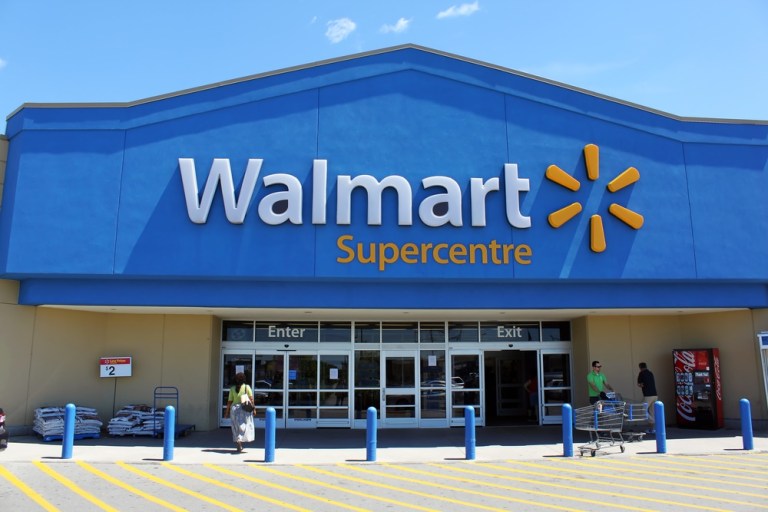
Are big-box retailers, like Walmart and Best Buy, succeeding where their peers fail simply because of the larger physical size of their stores compared to competitors?
That’s certainly what a new report from Moody’s Investors Services said could be the likely outcome as more and more sales continue to migrate online.
“Brick-and-mortar retailers, such as Walmart and Best Buy, are not only surviving online but are actually thriving, due to their sizable physical assets and riding the online wave started by Amazon,” according to Moody’s.
In the report, Moody’s said that, despite Amazon continually “raising the bar” in online sales, Walmart and Best Buy are also raising the bar for brick-and-mortar retailers as they push toward omnichannel platforms, leading to “intense competition” with Walmart as all push for increasing dominance of the online sector.
“We believe this pitched battle is still in its early stages and that online retail sales will eclipse 20 percent of total retail sales in seven years — more than double today’s roughly 9 percent,” Moody’s Lead Retail Analyst Charlie O’Shea said in a statement. “Online sales still remain a relatively small drop in the retail revenue bucket, although it is also proving to be by far the fastest-growing sector as brick-and-mortar focuses more resources on this channel.”
Moody’s cited Walmart’s recent acquisition of Jet.com as giving the retailer a “speed advantage” to scale online growth by using Jet’s already existing platform.
Best Buy offers a successful example of a retailer transitioning online, with online penetration now at almost 20 percent of Best Buy’s overall sales, according to Moody’s.
Moody’s believes that the option to buy online and pickup or return in-store — which Walmart and Best Buy can both offer because of their numerous locations and massive size, which allow them to store more items in-store — will also give them a leg-up in competition with Amazon in the coming years. Amazon is expanding its distribution center network, but those locations are still nowhere near as prevalent as Walmart or Best Buy locations.
“We are not in the camp that believes mass store closings are in order, but rather, think that the ‘fleet’ must be repurposed, with some store closings a likely byproduct,” according to O’Shea. “When properly deployed, physical locations are a definite asset in the multichannel world, as they represent touch points for the consumer, as well as distribution points for the retailer.”